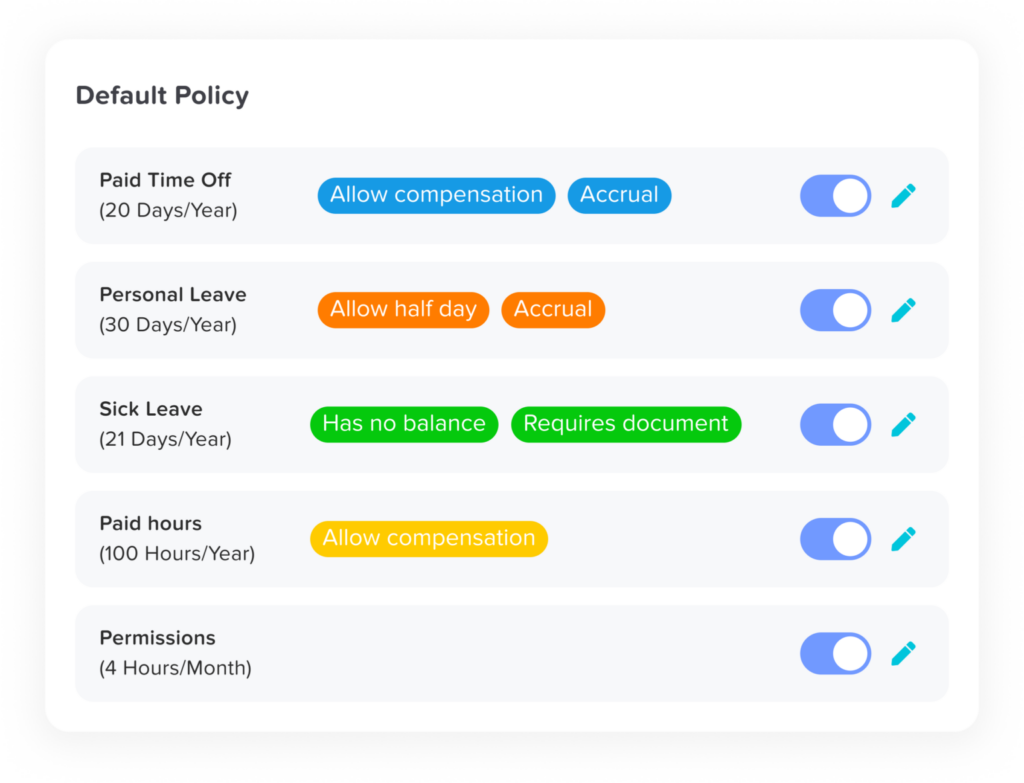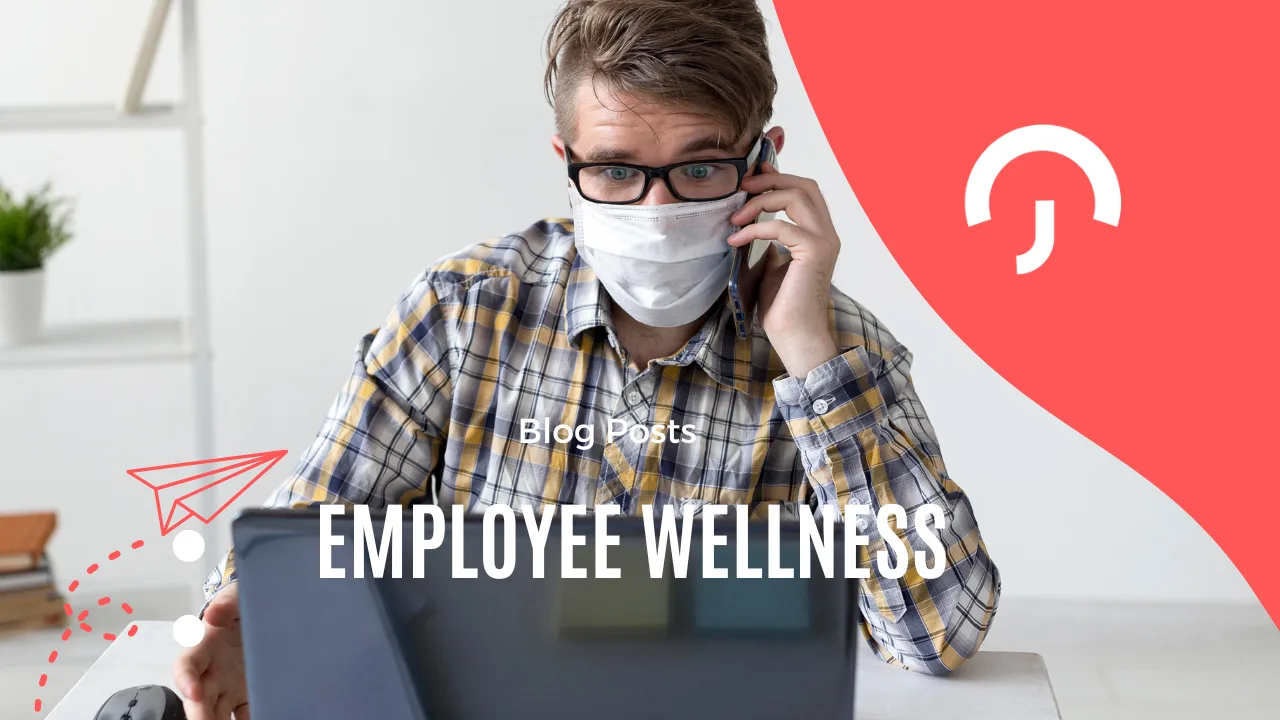Table of Contents
ToggleThe alarm blares, pulling you out of a restless sleep. Your head pounds, your throat feels like sandpaper, and your limbs are heavy with fatigue. You sit up slowly, but even that simple movement sends your equilibrium spinning. A glance at the clock reminds you that you’re expected to be at work in less than an hour. Panic and guilt tug at you—there’s so much to do, deadlines to meet, meetings to attend. But today, it’s simply not possible. In that moment, knowing how to call in sick text becomes essential—not just for your own recovery, but to notify your team quickly and responsibly.
That’s when reality hits: you need to call in sick.
In moments like this, knowing how to call in sick text can save time and reduce stress. While it might seem like a small act, informing your employer that you’re taking a sick day is a critical part of professional responsibility. Whether you’re dealing with the flu, burnout, or a family emergency, understanding how to call in sick text appropriately ensures that your message is clear, respectful, and timely.
In this guide, we’ll walk you through exactly how to call in sick text the right way—when to do it, what to say, and how to use smart tools like Day Off to streamline the entire process.
1. Recognizing When to Call In Sick
Everyone has off days. But there’s a difference between pushing through minor discomfort and ignoring signs that you need rest. Understanding when to take a sick day isn’t always easy, especially in a work culture that prizes “powering through.” Still, listening to your body is key—and knowing how to call in sick text when the time comes can make the process smoother and more professional for everyone involved.
Common Reasons to Call in Sick:
Contagious illnesses: Colds, the flu, stomach bugs—anything that risks spreading to coworkers.
Severe symptoms: Migraines, high fevers, extreme fatigue, or dizziness.
Mental health days: Burnout, anxiety, or stress require recovery too.
Family care needs: Caring for a sick child or relative.
Post-surgical or medical recovery.
Even if your symptoms aren’t life-threatening, going to work can worsen your condition or extend recovery time. When in doubt, it’s better to stay home.
2. The Etiquette of Texting Your Boss
“Calling in sick” traditionally meant a phone call, but in today’s fast-paced work environment, texting is often a preferred method of communication—quick, clear, and non-intrusive. But it’s important to approach this convenience with professionalism.
Consider the Following:
Check your company policy: Some workplaces require a call, others allow email or app-based notifications.
Know your relationship with your manager: If texting is your usual form of communication, it’s likely acceptable.
Send your message early: As soon as you know you won’t make it in, notify your supervisor—ideally before your shift starts.
Don’t use coworkers as messengers: Always contact your boss directly.
3. Crafting a Professional Sick Day Text
When you’re not feeling well, the last thing you want is to fumble with words. Crafting a sick day text doesn’t have to be stressful—it just needs to be clear, courteous, and complete. Your goal is to quickly inform your manager of your absence while maintaining a professional tone.
What to Include:
Your Name: Even if your number is saved, it’s courteous and practical to introduce yourself. Your manager may be receiving messages from multiple people, and this avoids confusion, especially if you’re reaching out on a company phone or shared device.
The Reason for Your Absence: Be honest but keep it brief. You don’t need to provide a detailed medical explanation—simply stating that you’re not feeling well or are dealing with a health issue is sufficient.
Expected Duration: If you have an idea of how long you’ll be out—just today, the rest of the week, or pending a doctor’s update—include that. It helps your team plan around your absence and reduces follow-up messages.
Your Availability (optional): Only offer to check in or be available if you genuinely feel up to it. This might be relevant for critical projects or handoffs, but your priority should be rest and recovery.
Gratitude or Courtesy Note: A simple thank you goes a long way. Acknowledging your manager’s understanding and flexibility shows professionalism and respect.
4. Sample Texts for Every Situation
Use these refined examples based on common scenarios. These messages are clear, professional, and easy to adapt:
Basic Notification
“Hi [Manager’s Name], this is [Your Name]. I’m feeling under the weather and will need to take a sick day today. I’ll keep you posted on my recovery and plan to return tomorrow if I’m feeling better. Thank you for your understanding.”
Mentioning Specific Symptoms
“Good morning [Manager’s Name], I wanted to let you know I’ve come down with a fever and sore throat overnight. I believe it’s best I stay home and rest. I’ll monitor my symptoms and update you tomorrow. Thanks for your support.”
Mental Health Day
“Hi [Manager’s Name], I’m dealing with some personal health matters today and need to take a mental health day. I’ll return refreshed and ready to catch up tomorrow. I appreciate your understanding and discretion.”
Doctor’s Appointment
“Hi [Manager’s Name], I’m not feeling well and have scheduled a visit with my doctor today. I’ll be out of the office and will update you after the appointment with any further information. Thanks for your understanding.”
Last-Minute Illness
“Hi [Manager’s Name], I’ve suddenly fallen ill and won’t be able to make it to work today. I apologize for the short notice. I’ll rest and keep you updated on how things progress. Appreciate your patience.”
Using Day Off to Manage Sick Leave
Day Off is an invaluable tool for both employees and managers when it comes to handling leave efficiently. Instead of sending texts or emails that might get buried, Day Off centralizes your time-off requests in a professional, trackable format.

How It Works:
Submit Your Sick Leave Request: Open the Day Off app, tap on “Sick Leave,” and input your start and end dates. You can request single or multiple days depending on your situation.
Add a Note: Include a brief message or reason (e.g., “Flu symptoms, staying home to recover”). This adds context for your manager and streamlines communication.
Receive Real-Time Status Updates: Once submitted, your manager will receive your request instantly, and you’ll be notified when it’s approved. This avoids confusion and ensures your absence is documented properly.
Using Day Off not only simplifies the sick day process, but also maintains transparency, keeps your PTO records accurate, and eliminates back-and-forth emails.
Frequently Asked Questions (FAQ)
Q1: What if I start feeling sick in the middle of the workday?
If you begin to feel unwell during work hours, notify your supervisor immediately. Send a quick text or message through your company’s communication channel stating that you need to leave early due to illness. If possible, log your time off through the Day Off app or follow your internal protocol for early leave requests.
Q2: Can I use a sick day if I’m working remotely?
Yes, you can. Remote work doesn’t eliminate the need for rest. If you’re too unwell to concentrate or perform effectively, it’s entirely appropriate to take a sick day. Use the same etiquette—inform your manager via text and, if required, submit a leave request using the Day Off app or your PTO system.
Q3: What if I don’t know how long I’ll be sick?
That’s okay. Mention that you’re uncertain but will keep your manager updated. For example, you might say, “I’m unsure how long I’ll be out but will check in tomorrow with an update.” Communication is key—managers appreciate being kept in the loop.
Q4: Do I need a doctor’s note for a sick day?
This depends on your employer’s policy. Some companies require a doctor’s note after a certain number of days absent (typically 2–3). If you’re out for more than a day or two, check your employee handbook or contact HR to confirm if documentation is needed.
Q5: Can I combine a sick day with PTO or a personal day?
In many workplaces, yes. If your company has a flexible PTO policy, you may be able to take additional time off to fully recover. Just be transparent with your manager and make the request formally through your PTO system or the Day Off app.
Q6: Is it unprofessional to take a mental health day as a sick day?
Not at all. Mental health is just as important as physical health. If you’re feeling overwhelmed, anxious, or emotionally drained, taking a day off to recharge is a responsible decision. You don’t need to provide detailed personal information—simply state that you need a sick day.
Q7: What if I can’t reach my manager immediately?
If your manager isn’t available by phone or text, leave a voicemail and follow up with a text or email. Additionally, if your company uses the Day Off app or another time-off platform, submit your request there for official documentation.
Conclusion
Knowing how to call in sick text is a modern workplace essential. Whether you’re battling a bad cold, facing burnout, or simply need time to care for your well-being, communicating professionally and promptly is key. A well-crafted sick day text shows respect for your team, protects productivity, and ensures you get the rest you need. With tools like Day Off, managing time off becomes easier, more transparent, and more efficient for everyone involved. Remember: taking care of your health isn’t a setback—it’s a smart, responsible investment in your long-term success.
